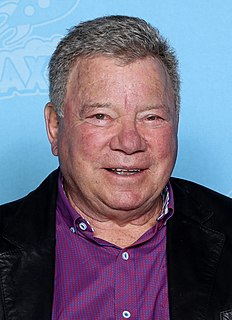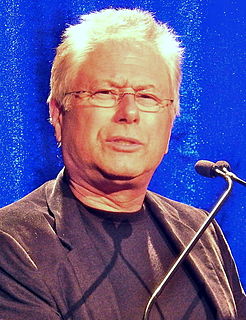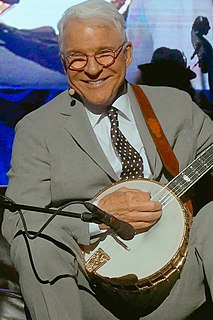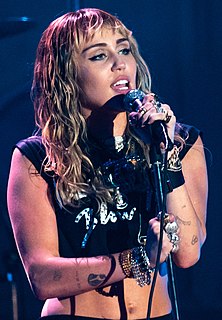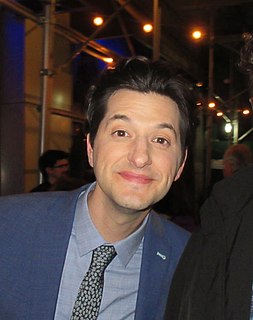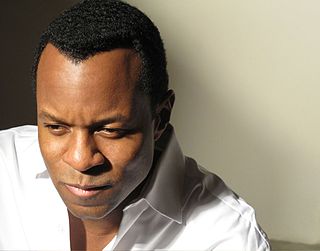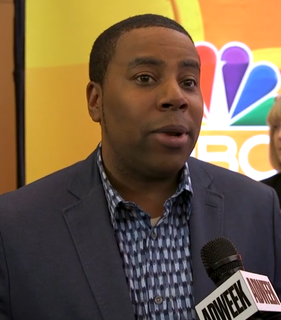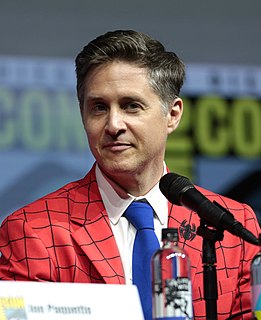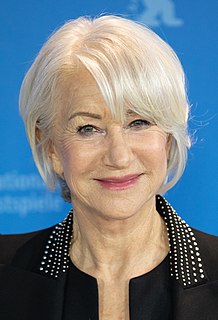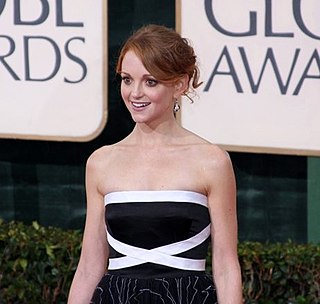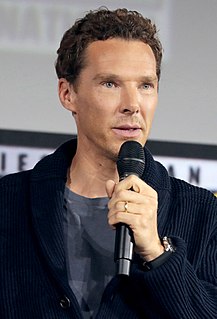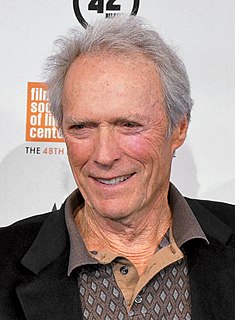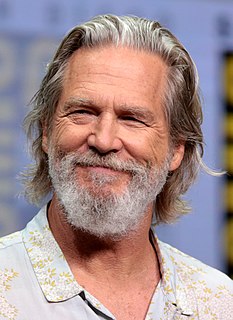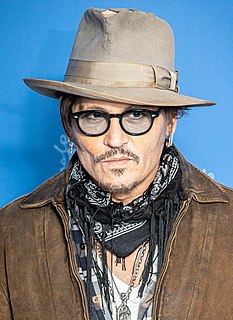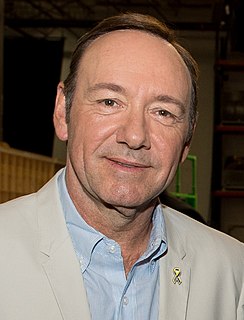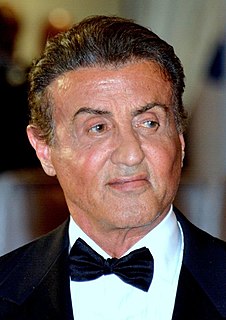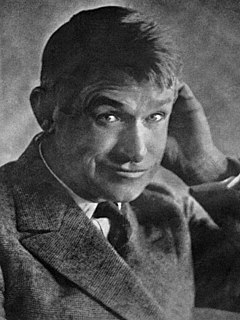A Quote by William Shatner
Voice acting is very interesting, I've done several animated projects, and you have to make the voice reflect the character and try and do as much with a word as you can with a look in a live-action film.
Related Quotes
There is an animated version of 'Lazer Team,' with all the action sequences, that exists. It's a pre-visual fidelity, and the voice acting is terrible because it's one of our animators doing it. But we could sit there and watch what the scene is supposed to look like while we're doing individual shots.
I do think that animated films have the ability to touch you someplace. There is something about live action movies that is different because we know the characters are real people, so they always stay flawed for us somehow. But animated films touch us in a very clear, uncomplicated place. They have that ability. And an animated character can make an expression in a way humans can't do.
I got good at trying to throw a voice on a character from the very beginning as opposed to like reading it and sitting with it and mulling over it and stuff like that just try to read what it is and then try to put a funny voice to it like as soon as possible and stuff like that. Once you get laughs with your voice then you can start thinking about, you know the physical characteristics and how they might walk or if they stick out their buck teeth or if they wear an afro and stuff like that. I think like finding the voice of the character helps to like build the wardrobe and everything else.
When I read to children, I try to become the characters. It's great if you can make a separate voice for each character. Sometimes you can lower your voice with excitement or get more intimate about it: you can lean forward and engage the children as a narrator or as a reader. It's particularly important that you find the voice that you want to use for each character, because then children can imagine that person as you're reading aloud. And of course, the illustrations help enormously.
